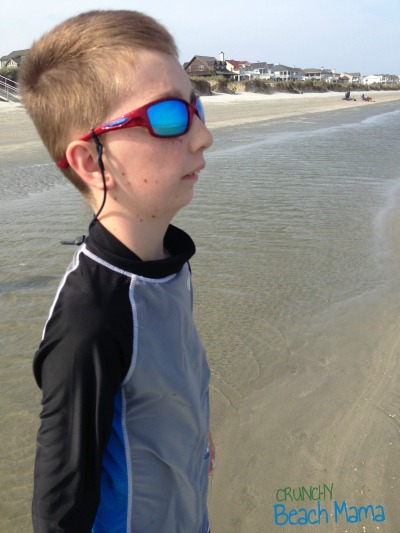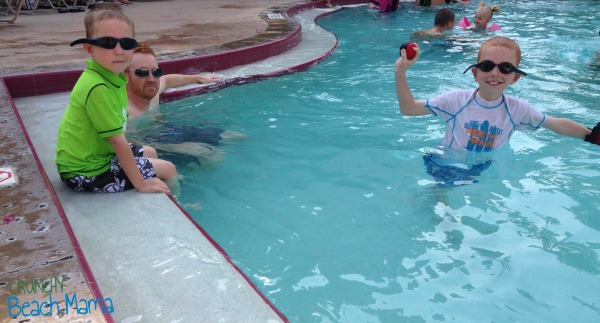The Sun & Eye Health: What You Need to Know
I wrote this review while participating in an Influencer campaign by Mom Central Consulting on behalf of Johnson & Johnson Vision Care, Inc. and received a promotional item from Mom Central to thank me for participating.
I know I am a lucky mom in the fact that my kids automatically put on their sunglasses when they go outdoors. I remember when P’Diddy was a toddler and received his first pair. He would NOT keep them on…maybe you can relate to that. Each day I would try again and I was surprised at how fast he did catch on. Now? He will not step outside without them.
The sun is not just bright, but puts out harmful UV rays. You probably don’t think about your eyes needing protection but they do! Did you know that UV light reflecting off of the sand and water is even more harmful?
Let me share with you a few facts…
CUMULATIVE DAMAGE: A number of studies have shown that the effects of UV radiation are mostly cumulative and may increase the chance of developing eye problems later in life, including cataracts, a leading cause of reduced vision in the United States.
IRREVERSIBLE: The sun can cause irreversible harm to all structures of the eye and surrounding tissue that are left unprotected or under-protected. These conditions may not manifest for years at which point the damage is already done and it is too late to reverse the effects of the sun. That’s why it is important to start protecting eyes from childhood!
CHILDREN, TEENS AT GREATER RISK OF EXPOSURE THAN ADULTS: Younger eyes are more susceptible to exposure to the sun’s harmful rays than adults. Children have larger pupils (allowing more light into their eyes), clearer lenses, and are outside without eye protection much more frequently and for longer periods than most adults.
ENVIRONMENTAL FACTORS THAT INFLUENCE UV EXPOSURE – Surfaces such as grass, soil, dry sand, water, and snow can also be harmful. UV protection also is important on a cloudy day as the sun’s rays can pass through thin clouds, exposing your eyes to harmful UV radiation
SUNGLASSES ALONE SOMETIMES ARE NOT ENOUGH: While most sunglasses can help block UV rays from entering through the lenses, most frame styles do not prevent rays from reaching the eyes from the sides, top, and bottom of the glasses. Hats with brims offer no protection from UV rays reflected up from ground surfaces such as pavement, sand, and water.
UV BLOCKING CONTACT LENSES can provide an important level of additional protection from UV exposure. Not all contact lenses offer UV protection, and, of those that do, not all provide similar absorption levels. ACUVUE® is the only major brand of contact lenses which blocks approximately 97%of UV-B and 81% of UV-A rays as standard across the entire range of its products.*
*long-term clinical studies have not been done to show that they directly reduce the risk of any specific eye disease or condition
As you can see, our family wears UV protection sunglasses outside and especially around water. Hubby is fortunate he also wears his ACUVUE contact lenses. Isn’t that cool that they help protect too?
How do you know if your contact lenses have UV protection?
Visit Fast Facts for Your Health: The Sun & Your Eyes: What You Need to Know on the ACUVUE® Brand website.


